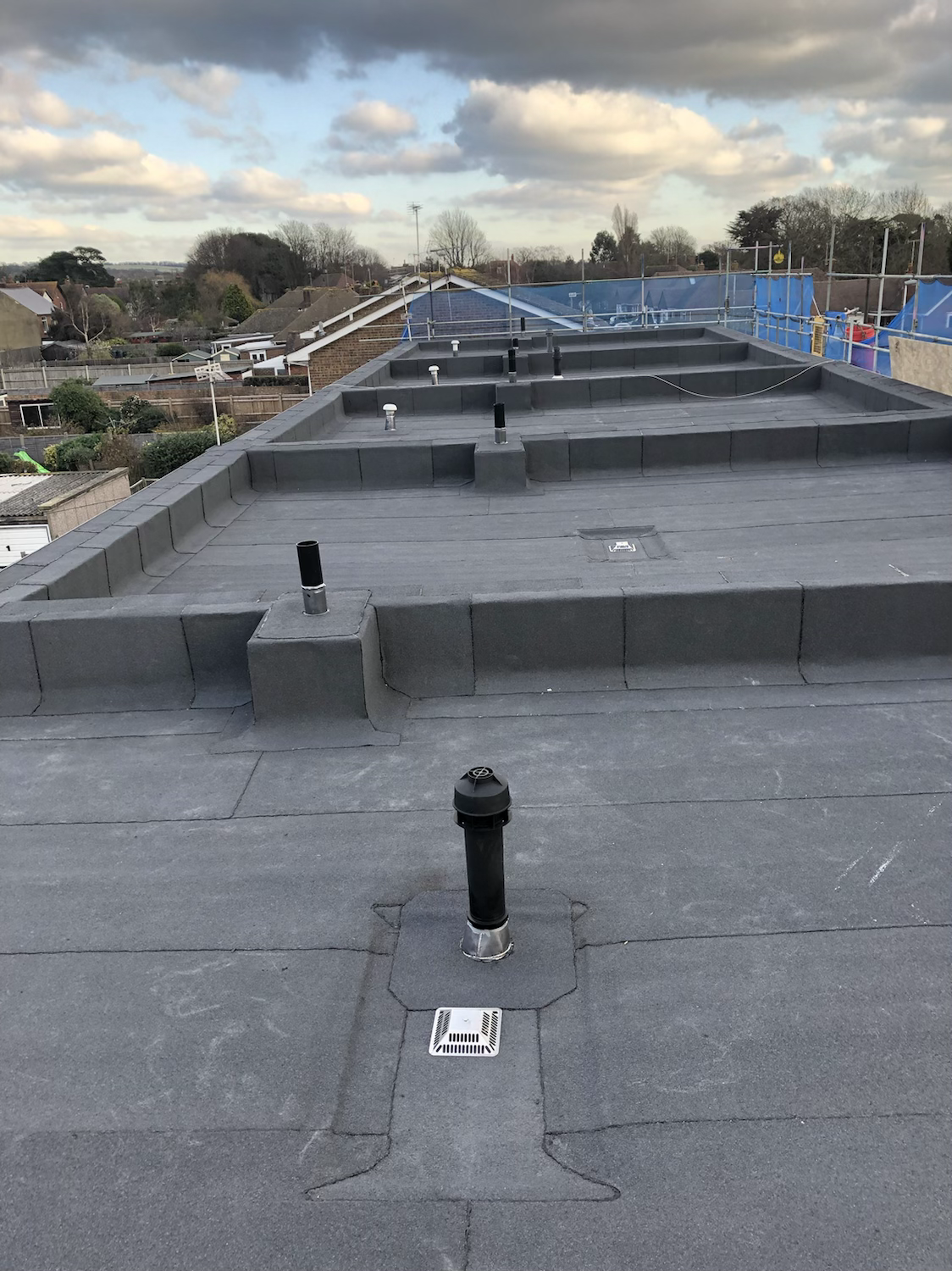Uncovering the Hidden Signs: How to Detect Roof Damage Before It's Too Late
- Matt Rayner

- Oct 22, 2024
- 4 min read
Your roof is a crucial part of your home. It shields you from rain, snow, and other weather elements while ensuring safety. However, even a small issue can turn into a big problem if it goes unnoticed. That's why knowing how to spot roof damage early is vital for every homeowner. In this article, we will explore the hidden signs of roof damage, helping you maintain the integrity of your home and avoid expensive repairs.
Why Early Detection Matters
Spotting roof damage early can save you a significant amount of money. For instance, a minor leak can lead to mold growth, wood rot, and costly structural repairs. Studies show that homeowners can spend upwards of $15,000 on water damage restoration if leaks are not fixed quickly. Recognizing roof damage signs early not only protects your home but also extends the life of your roof.
Make it a routine to inspect your roof, especially after severe weather conditions. Storms, heavy rains, or strong winds can stress your roof, leading to potential damage. Detecting issues early is key to maintaining a safe and comfortable home.
Common Signs of Roof Damage
1. Missing or Damaged Shingles
One of the most obvious signs of roof damage is missing or damaged shingles. After a storm, take time to inspect your roof for cracked, blistered, or missing shingles. These shingles serve as your first line of defense against water intrusion. If you find shingles out of place, your roof becomes vulnerable.

Also, keep an eye out for granules accumulating in your gutters. If you notice a significant buildup of these granules, it could indicate that your shingles are deteriorating.
2. Sagging Roof Deck
A sagging roof deck is a severe warning sign. It typically means that the roof structure is compromised and could lead to more extensive issues later on. If any sections of your roof look uneven or sagging, it’s important to call a roofing professional for an urgent assessment.
3. Water Stains on Ceilings and Walls
Finding water stains on your ceilings or walls is often one of the first internal signs of roof damage. While these stains can stem from other plumbing issues, they frequently indicate that water is seeping through your roof. Check your roof immediately if you start to see these stains to identify and address any damage.
4. Mold and Mildew Growth
Mold and mildew thrive in damp areas. If you see signs of mold in your attic or around your roof, this could suggest moisture accumulation caused by roof failure. This not only poses a risk to your home’s structure but can also negatively impact your indoor air quality. According to the EPA, mold can produce allergens and irritants that affect health.
5. Granules in Gutters
During your routine home maintenance, check your gutters for granules that look like small pebbles. If you notice a significant amount of these granules originating from asphalt shingles, it could mean your roof is nearing the end of its life span. If granules are plentiful, consider consulting a roofing professional for further evaluation.
6. Unusual Roof Odors
If you notice unpleasant odors in your attic, it might suggest roof damage. Roof leaks can cause wood rot, which releases a musty smell. Investigate further when you detect strange odors, particularly during humid weather, to identify the underlying cause.
Importance of Regular Maintenance
Establishing a regular maintenance routine is one of the best ways to catch roof damage early. Consider these proactive measures:
Conduct visual inspections of your roof at least twice a year, especially in spring and fall.
Clean your gutters regularly to prevent water buildup and potential damage.
Trim overhanging tree branches that may scrape against the roof or drop debris.
By being proactive, you can significantly decrease the likelihood of extensive damage going undetected for long periods.
Get Professional Inspections
While homeowners can conduct basic inspections, hiring a professional roofing contractor at least once every few years is advisable. Professionals possess the skills and tools to spot hidden problems that may not be easily visible.
An expert's inspection can help catch potential issues before they turn into major repairs. They can also suggest necessary repairs or replacements, ensuring your roof is in peak condition.
When to Think About Roof Replacement
Sometimes, repairs won’t suffice, and a full roof replacement becomes the best option. If your roof is showing multiple damage signs, like extensive shingle loss or significant sagging, it's wise to evaluate whether replacing the roof is necessary.
Additionally, consider your roof's age. Most roofs have a life expectancy of about 20 to 30 years. If your roof is approaching this age and showing signs of wear, a replacement might be the most economical choice.
Keeping Your Home Safe and Secure
Becoming familiar with the signs of roof damage can help keep your home protected. Watch out for issues like missing shingles, water stains, and mold growth. Regular inspections and proactive care are crucial in catching problems before they escalate.
Whenever you're unsure, don’t hesitate to consult with a professional. They can provide valuable insights into your roof's condition.
Stay alert and take action to safeguard one of your most significant investments—your home. With awareness and a bit of effort, you can ensure your roof stays in great shape for years to come.





Comments